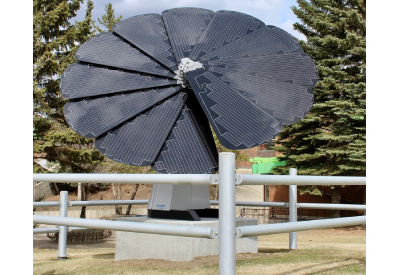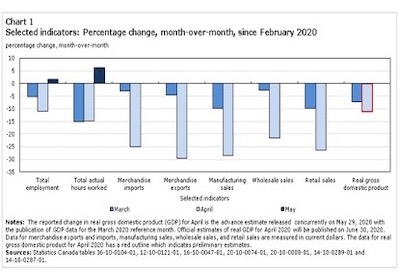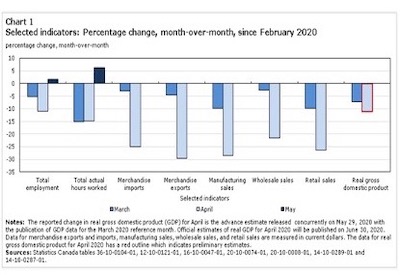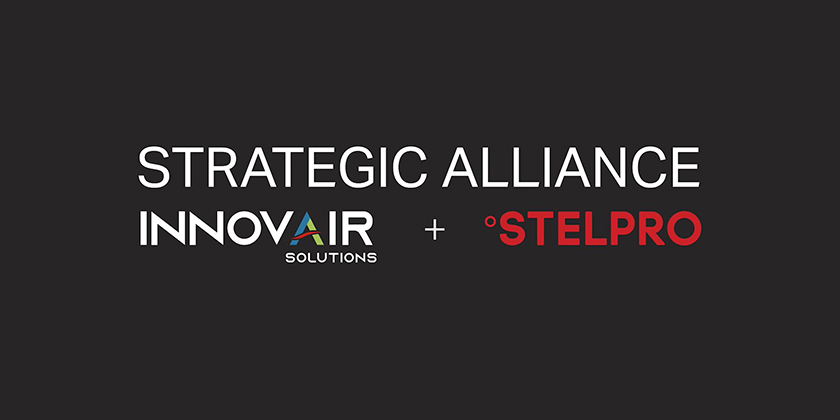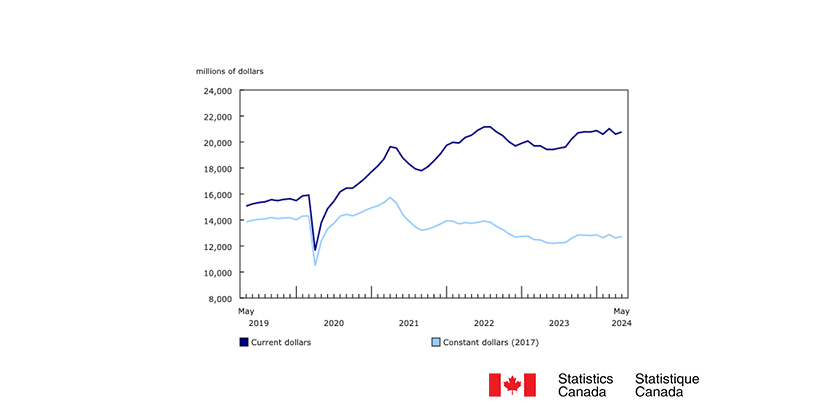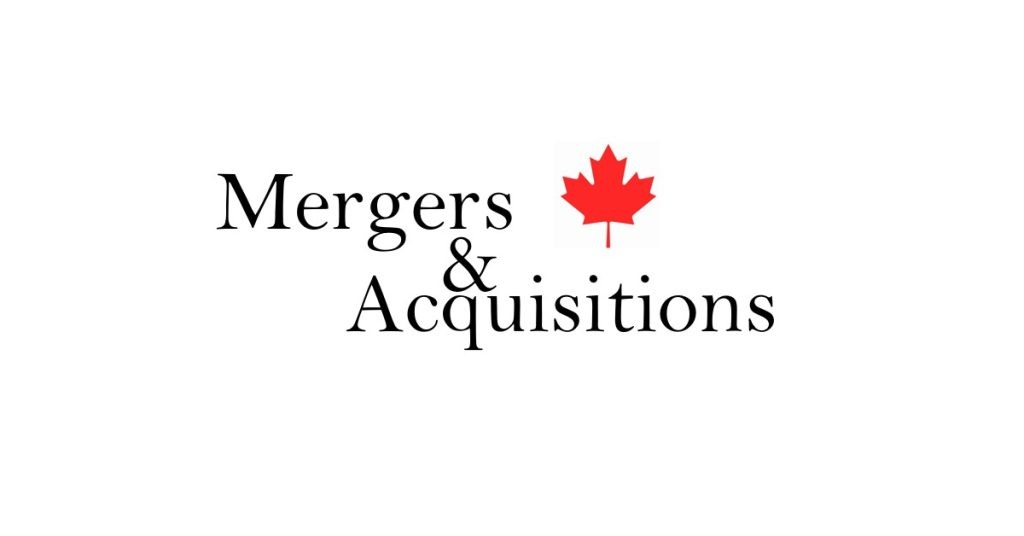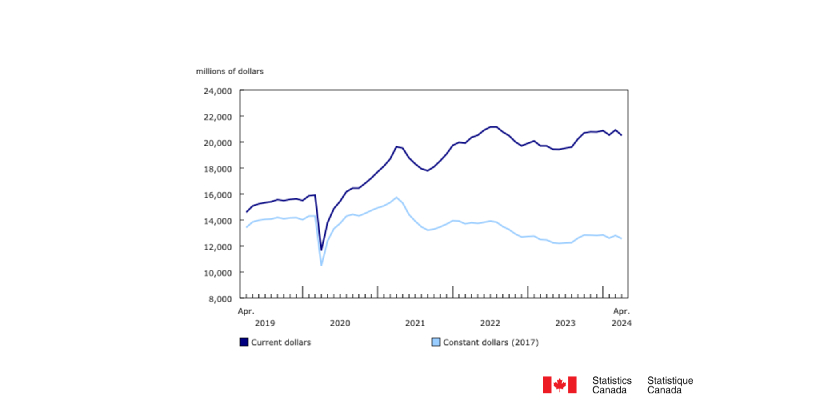Minister Wilkinson Releases Report on Public Charging Needs for Electric Vehicles in Canada

September 8, 2022
From coast to coast to coast, Canadians are actively contributing toward Canada’s fight against climate change in many ways. Given that transportation accounts for 25 percent of emissions, this contribution includes making the switch to pollution-free electrified transportation. Across the country, the Government of Canada is supporting Canadians by making it easier for families and businesses to purchase, charge and use electric vehicles (EVs) while driving toward a net-zero future.
In order to help ensure these efforts are driven by objective data, Natural Resources Canada (NRCan) commissioned a study in 2021 to update the federal government’s understanding of Canada’s overall charging infrastructure needs and how these are likely to evolve as the national EV fleet continues to grow. The Honourable Jonathan Wilkinson, Minister of Natural Resources, released that report, entitled Canada’s public charging needs – Updated projections (the “Report”), conducted by Dunsky Energy + Climate Advisors. This Report is an important piece of the puzzle to assess the country’s charging landscape, guide decision-making and inform investment needs.
The Report provides an updated analysis of the 2018 Optimal charging ratio for Canada ReportReport, also completed by Dunsky, to reflect an accelerated timeline for achieving 100-percent zero-emissions vehicles (ZEV) market share of new sales.
The updated analysis concluded that, by 2030, Canada will need to have around 200,000 publicly accessible chargers, with a ratio of one charger for every 24 electric vehicles and with the chargers varying in charge-time. While the model assumed a 15 percent market share of new vehicle sales by 2025, the 60 percent by 2030 and 100 percent by 2035 targets are in line with federal mandate.
The analysis also outlined five key findings, all of which validate and support the federal government’s ongoing efforts to deploy charging infrastructure across the country:
- There is “a need for a significant acceleration in charging infrastructure deployment over the next five to ten years”;
- Adequate deployment of charging infrastructure will require “$20 billion of total investment over the next three decades” (the study “does not assess what portion of this infrastructure would require support from the federal government” and does not speak to the roles that provincial and municipal governments will need to play);
- The “primary driver for the number of charging ports is capacity requirements within community clusters”;
- Improving home charging access will help Canada achieve its EV adoption and infrastructure targets; and
- For households that do not have access to charging at home, “public charging infrastructure can potentially serve as a substitute”.
These independent findings are consistent with Canada’s targets for charging infrastructure.
As highlighted during #EVWeek in Canada, the federal government is deploying charging infrastructure from coast to coast to coast, with the goal of supporting 84,500 new chargers across Canada by 2027. This work will be supported with the commitment of an additional $400 million to recapitalize the extremely successful Zero Emission Vehicle Infrastructure Program (ZEVIP), as proposed in the Emissions Reduction Plan and delivered through Budget 2022. This is complemented by $500M that Canada’s Infrastructure Bank (CIB) will invest in large-scale ZEV charging and refuelling infrastructure that is revenue generating and in the public interest.
These new chargers are intended, in part, to catalyze private investment in this space. The federal government’s funding of these 84,500 chargers — along with a host of other measures to promote EV adoption — will help establish a business case for the private sector to fund the rest of the network and get Canada’s EV charging network to the scale outlined in the Report, namely, 442,000–469,000 publicly available chargers by 2035.
The private sector has already begun to play a leadership role in building the balance of the necessary infrastructure: private investments are already ramping up across the country with companies such as General Motors, Petro-Canada, Hydro-Québec, Flo and many more having developed charging infrastructure initiatives independent of government programs. In time, we anticipate a high enough demand for EV infrastructure in metropolitan centres and along high-volume corridors that these projects will become financially viable without the need for government support.
The federal government’s investment in EV charging infrastructure in community clusters is part of its broader push to grow the EV industry and drive EV adoption in Canada. Other efforts include but are not limited to:
- NRCan’s Electric Vehicle and Alternative Fuel Infrastructure Deployment Initiative (EVAFIDI), which deploys charging infrastructure along highway corridors;
- NRCan’s Zero Emission Vehicle Awareness Initiative (ZEVAI), which supports projects that aim to increase awareness, knowledge and public confidence in zero-emission vehicles (ZEVs) and public charging and refuelling infrastructure;
- Transport Canada’s new Heavy-Duty Zero-Emission Vehicles Program (iMHZEV), which makes medium- and heavy-duty zero-emission vehicles more affordable for businesses and organizations;
- Transport Canada’s Incentives for Zero-Emission Vehicles Program (iZEV), which makes zero-emission vehicles more affordable for Canadians, and which received another $1.7 billion in Budget 2022; and
- Ensuring Canada leads the world in EV manufacturing, by investing $3.8 billion in the mining, processing and recycling of critical minerals as well investing in manufacturing facilities in Canada.
These efforts are all intended to help reach Canada’s target of ensuring all new passenger vehicles sold in Canada are zero-emission by 2035. And just like investments in everything from clean technology to nature protection, they are part of achieving Canada’s ambitious climate change goals to build a cleaner, healthier and affordable future for all Canadians.
Quotes
“The independent findings in this report are consistent with Canada’s targets for charging infrastructure — we are on the right track. As we continue to make EVs more accessible and affordable for Canadians, the business case for private investment in publicly available charging infrastructure is becoming more apparent, and I look forward to seeing even more industry players installing chargers across the country. I would like to thank Dunsky Energy + Climate Advisors for this report.”
The Honourable Jonathan Wilkinson, Minister of Natural Resources
“Our government is committed to making sure zero-emission vehicles are more affordable for Canadians. The combination of incentive programs and investment in charging infrastructure is an important step toward achieving ZEV adoption targets. Continued collaboration with industry partners is essential as we move forward together on our climate goals.”
The Honourable Omar Alghabra, Minister of Transport
“The future of the automotive sector is zero-emission, and our government has a plan to get there. Through a wide range of investments and partnerships in the auto sector, charging stations, battery production, critical minerals and consumer incentives, we are making sure the whole supply chain is supporting Canadians to make the switch to zero-emission vehicles. Switching to an electric car is both good for your wallet and the environment.”
The Honourable Steven Guilbeault, Minister of Environment and Climate Change
“Every day, there are more and more EVs on the road, thanks to the choice of Canadians to go electric. That’s why it is crucial to have adequate charging infrastructure to meet this increasing demand. This report highlights important opportunities for the private sector to leverage the foundation we’ve already built to further increase the number of chargers available. Our government will continue to be there to support these efforts and to create good jobs for Canadians.”
The Honourable François-Philippe Champagne, Minister of Innovation, Science and Industry
Quick facts
- Transportation accounts for 25 percent of total greenhouse gas emissions in Canada.
- There are currently 16,640 publicly-accessible EV chargers across Canada, at 6,987 charging sites.
- Thanks to the funds invested to date by the Zero-Emission Vehicle Infrastructure Program (ZEVIP), to date, the projects that have been selected will result in more than 34,460 chargers installed by 2024.An additional ZEVIP call for proposal closed on August 11 and will be funding hundreds more.
- Budget 2022 provided Natural Resources Canada with an additional $400 million complemented by the $500 million that Canada’s Infrastructure Bank both contributing toward the government of Canada’s commitment for an additional 50,000 chargers.
- To date, close to 160,000 Canadians and Canadian businesses have taken advantage of the federal incentive to purchase a zero-emission vehicle.
- For the last two years, Natural Resources Canada has also been working with the National Research Council (NRC) to determine the best way to have the model building code encourage installing ZEV charging infrastructure in new buildings. As the national building codes are revised and updated every five years, NRCan continues to work with the NRC, provinces and territories, and the private sector to develop minimum requirements for the next building codes, which are expected to be released in 2025.
- Since 2016, Canada has invested a historic $1 billion to make EVs more affordable and chargers more accessible for Canadians. These investments are supporting the establishment of a coast-to-coast network of chargers in local areas where Canadians live, work and play, while federal rebates of up to $5,000 are helping more Canadians make the switch to an EV.
- As part of the transition to net zero by 2050, Infrastructure Canada and the Canada Infrastructure Bank are supporting the decarbonization of public transit and school buses. The Government of Canada is on track to surpass the 2019 commitment supporting the procurement of over 5,000 zero-emissions buses, including nearly 4,000 school buses in B.C., Quebec and P.E.I. and over 1,200 public transit buses in 10 cities from coast to coast. These electric and hydrogen fuel-cell buses will be deployed on the road over approximately the next five years.
- Currently Canadians can receive significance savings in the following provincial programs:
o British Columbia – CleanBC Go Electric
o Ontario – Plug’n Drive and Scrappage Incentive Program
o Quebec – véhicules électriques
o Nova Scotia – EV Assist Nova Scotia
o New Brunswick – Electric vehicle incentive program
o Newfoundland and Labrador – Electric vehicle rebate program




